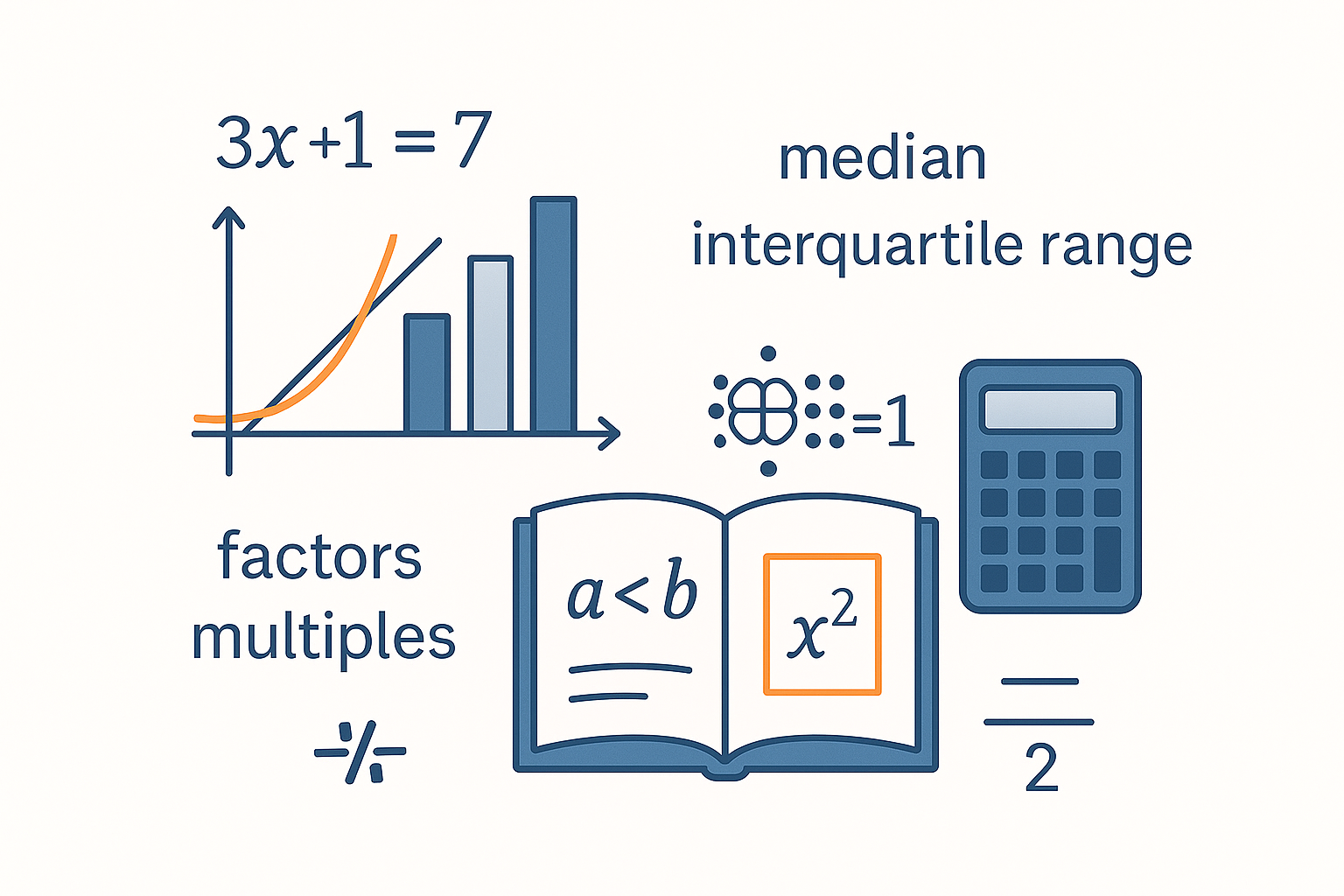Lower Secondary
Mathematics
Lower Secondary Mathematics builds the essential numeracy, algebraic, and spatial reasoning skills that students need as they move toward O-Level preparation. At Inflex, we focus on engaging lessons, conceptual clarity, and strong fundamentals so that students not only do well in exams but also enjoy the learning process.
Our Mathematics philosophy
Lower Secondary Math is where students start to shift from arithmetic to algebra, geometry, and logical thinking. At Inflex, we focus on making this transition smooth and confidence-building. Our lessons encourage students to explore patterns, ask the right questions, and develop a clear understanding of why methods work — not just how. With a strong foundation in reasoning and problem-solving, students are better prepared for Upper Secondary math and beyond.

Curiosity First
We encourage students to explore, ask questions, and enjoy discovering how math works — not just follow steps.
Strong Foundations
Our lessons focus on developing a solid understanding of core mathematical skills — the stepping stones for success in upper secondary and beyond.
Real-World Relevance
We connect math to real-life situations so students see how classroom knowledge applies to their world.
Mathematics Syllabus
Numbers and Algebra
Reinforce number sense and develop foundational algebraic thinking. Learn essential skills like factorisation, algebraic manipulation, and problem-solving to prepare for more advanced math in upper secondary.
Introduction to Algebra
Gain a solid introduction to algebraic expressions, including how to simplify, evaluate, and substitute values into expressions. Build confidence with basic algebraic manipulation.
Factors and Multiples
Master prime factorisation and learn how to find the highest common factor (HCF) and lowest common multiple (LCM). Apply these skills to solve real-world problems involving divisibility and patterns.
Geometry and Measurement
Develop spatial awareness and logical reasoning through geometry. Learn how to analyze shapes, calculate measurements, and apply geometry concepts to real-life scenarios.
Angles and Parallel Lines
Understand different types of angles and learn key angle properties related to parallel lines, including vertically opposite, alternate, and corresponding angles. Apply these to solve angle-based geometry problems.
Area and Perimeter
Learn how to calculate the area and perimeter of basic and composite shapes. Apply formulas confidently to real-world contexts such as floor plans and fencing problems.
Statistics and Graphs
Build a strong foundation in data handling. Learn how to interpret information from graphs, calculate averages, and make informed conclusions from real-world data.
Bar Graphs and Line Graphs
Learn how to draw and interpret bar graphs and line graphs. Understand how visual data is used to track trends, compare categories, and represent changes over time.
Mean, Median, and Mode
Master the three types of averages — mean, median, and mode. Learn when and how to use them to summarise and analyse data sets effectively.